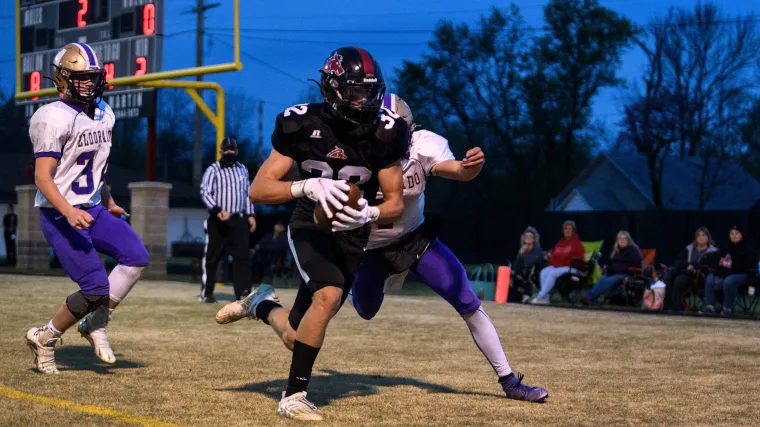Two Illinois high school football programs will not field varsity teams this fall.
Why it matters
- The decision affects student-athletes who may miss out on valuable experiences and opportunities.
- Local communities may experience a decline in engagement and support traditionally fostered by high school football.
- The move reflects broader trends in youth sports participation and funding challenges facing high school athletics.
In a surprising turn of events, two high schools in Illinois have announced their decision to suspend their varsity football programs for the upcoming fall season. This decision marks a significant moment for both institutions and their respective communities, as high school football has long been a cherished tradition that unites students, families, and fans alike.
The schools, which have not been publicly named in the announcement, cited a range of challenges contributing to their decision. Among the primary reasons are difficulties in recruiting enough players to form a competitive team and financial constraints that have made it increasingly tough to sustain a viable football program. These challenges are not unique to these schools; rather, they mirror a growing trend seen across various regions, where high school sports programs are facing declining participation rates and increased operational costs.
For many communities in Illinois, high school football serves as a crucial element of local culture and identity. Friday night games often draw crowds from across the town, creating a vibrant atmosphere that fosters community spirit and pride. The absence of these programs this fall means that student-athletes will miss out on not only the thrill of competition but also the camaraderie and life lessons that come with being part of a team.
Local athletic directors and coaches have expressed concern over how this decision will impact students. Many student-athletes rely on football as a means of developing skills, building friendships, and even securing scholarships for further education. The suspension of these programs could limit opportunities for young athletes who aspire to continue their sports careers at the collegiate level.
Moreover, the news raises questions about the future of high school sports in the region. As participation rates decline, schools may need to reassess their athletic offerings and consider alternative strategies to engage students in sports. This could include exploring different sports, enhancing coaching programs, or implementing outreach initiatives to encourage more students to participate in athletics. The broader implications of this decision may lead to discussions about how schools allocate resources and prioritize various programs, especially in a climate where educational budgets are under constant scrutiny.
Community leaders are already voicing their concerns about the loss of these programs. Local businesses that typically sponsor football teams may experience a downturn in engagement, as the absence of games diminishes the social interactions that accompany them. Additionally, former players and alumni may feel a sense of loss, as they are unable to support their teams and witness the growth of future generations of athletes.
For parents, the decision also stirs a mix of emotions. Many families see high school football as an essential rite of passage for their children, providing a platform for personal growth and development. The absence of a football program could lead to frustration among parents who value the life skills and discipline that sports instill in young people.
As schools navigate the complexities of athletics and student engagement, they must also consider the well-being of their student-athletes. The current climate of youth sports suggests a growing need to provide alternative avenues for physical activity and competition. Schools may need to innovate and adapt to provide students with meaningful opportunities, whether through other sports or extracurricular activities that foster teamwork and physical fitness.
In summary, the decision by these two Illinois high schools to suspend their varsity football programs this fall is emblematic of broader challenges facing high school athletics today. As communities grapple with this change, the focus will likely shift to finding new ways to engage students and foster a love for sports that transcends the traditional high school football experience. The impact of this decision will be felt not only during the fall season but may also set the stage for how future athletic programs are structured and supported within these schools.











